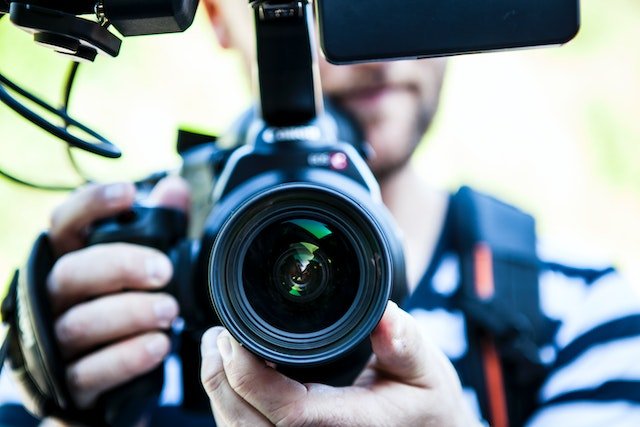Introduction: Capturing true-to-life colors is a fundamental aspect of photography. One key technique to achieve accurate color representation is setting the white balance correctly in your DSLR camera. Understanding and mastering white balance allows you to capture images with the desired color temperature, ensuring that whites appear truly white, and other colors remain faithful to the scene. In this blog post, we will delve into the concept of white balance and provide step-by-step instructions on how to achieve optimal results with your DSLR.
Understanding White Balance: White balance is the process of calibrating your camera's sensor to accurately reproduce colors under different lighting conditions. Different light sources emit light with varying color temperatures, measured in Kelvin (K). The color temperature determines whether the light appears warm (yellowish) or cool (bluish).
Our eyes naturally adjust to different lighting conditions, allowing us to perceive colors consistently. However, digital cameras need guidance to interpret the scene accurately, and that's where white balance comes into play. By setting the appropriate white balance, you can ensure that the camera neutralizes the color cast caused by the lighting and reproduces the scene's colors faithfully.
White Balance Presets: Most DSLR cameras offer several white balance presets to simplify the process. These presets are tailored to specific lighting conditions and can be selected from the camera's menu or the dedicated white balance button.
-
Auto White Balance (AWB): The Auto White Balance mode automatically analyzes the scene and adjusts the color temperature based on its understanding. While it can be handy in certain situations, it is not foolproof and may produce inconsistent results under challenging or mixed lighting conditions.
-
Daylight/Sunny: This preset is ideal for outdoor photography under bright sunlight. It emphasizes cooler tones and enhances blues, making it suitable for clear, sunny days.
-
Cloudy: Cloudy white balance compensates for the warm color cast caused by cloudy or overcast skies. It adds a touch of warmth to the image, enhancing yellows and reds.
-
Shade: Shade white balance corrects the strong blue color cast typically encountered in shaded areas. It adds warmth to the image, preserving the natural colors and preventing them from appearing too cool.
-
Tungsten/Incandescent: This preset compensates for the warm, yellowish light emitted by tungsten or incandescent light bulbs. It cools down the image, neutralizing the yellow tint.
-
Fluorescent: Fluorescent white balance counteracts the greenish cast produced by fluorescent lights. It restores more natural-looking colors, minimizing the green tint.
Custom White Balance: To achieve the most accurate white balance in challenging lighting situations or when the presets are not sufficient, consider using the custom white balance option.
-
Locate a neutral gray reference: Obtain a reference object that is neutral gray, such as a gray card or a white sheet of paper.
-
Set up the scene: Place the neutral gray reference object in the same lighting conditions as your subject.
-
Capture the reference image: Fill the frame with the neutral gray reference object and take a photo without any adjustments.
-
Access the custom white balance function: Navigate to your camera's menu and find the custom white balance option. Refer to your camera's manual if necessary.
-
Select the reference image: Choose the captured reference image to set as the custom white balance source.
-
Set the custom white balance: Confirm the selection, and the camera will use the captured image to calibrate the white balance for the current lighting conditions.
White Balance Bracketing: White balance bracketing is a technique that captures a series of images with varying white balance settings. This technique allows you to experiment with different color temperatures and choose the best result

